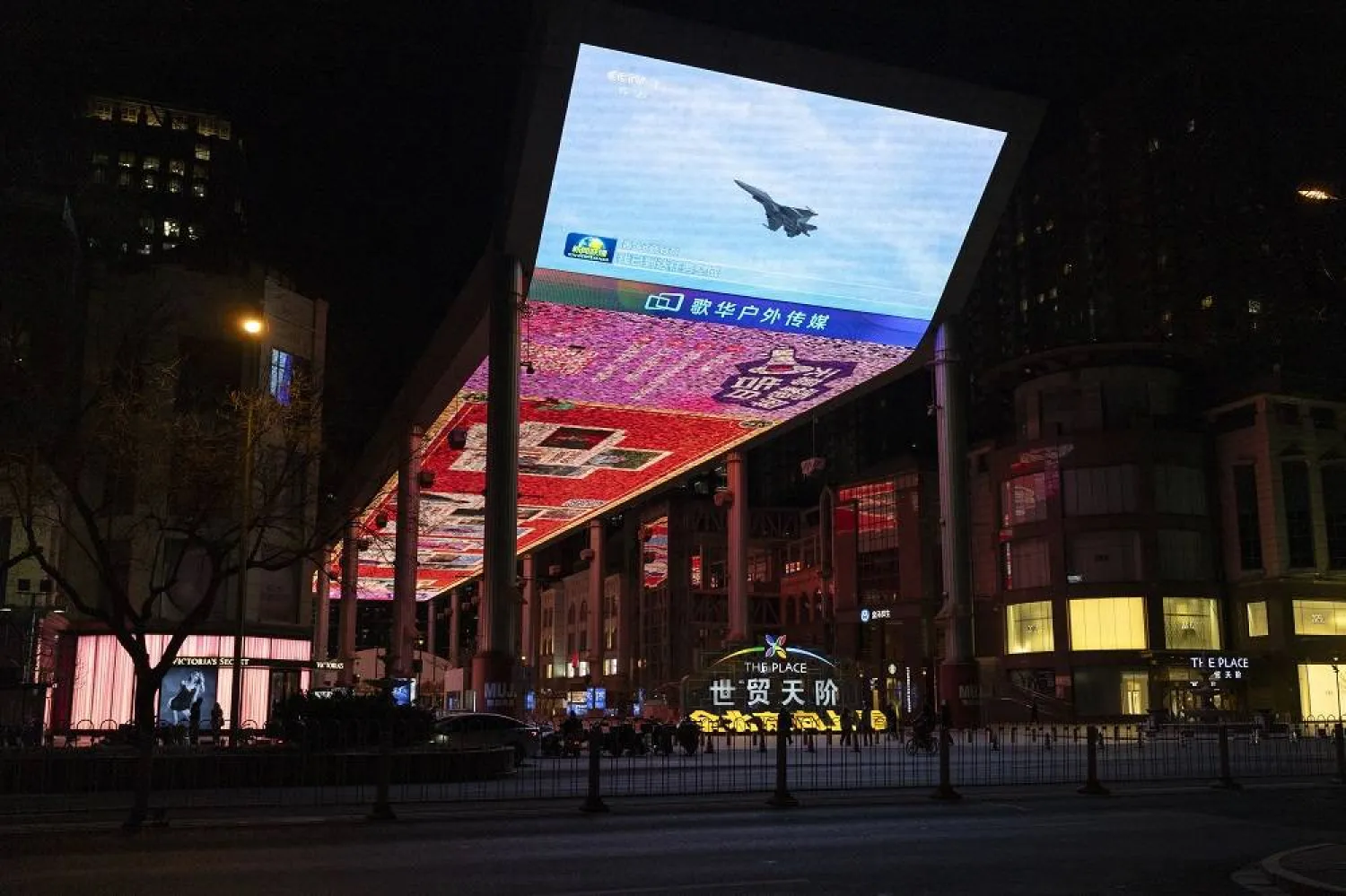Ukrainian President Volodymyr Zelenskyy will pay a visit to Warsaw this week that will include talks with political leaders and a meeting with regular Ukrainians and Poles, Polish officials announced on Monday.
Zelenskyy will be accompanied by his wife, Olena Zelenska, for the visit, scheduled for Wednesday. It will begin with an official meeting at the Royal Castle between Zelenskyy and his host, Polish President Andrzej Duda, The Associated Press said.
Their talks will include security issues, regional politics, economic cooperation, historical matters lingering between the two neighbors as well as the transit of Ukraine's grain and other farm produce through Poland, according to Marcin Przydacz, the head of Duda’s international office.
The talks will be followed by a meeting with the public, according to Duda's office.
Przydacz told radio broadcaster RMF FM that Zelenskyy will meet with Ukrainians and Poles at the Royal Castle in Warsaw, and that Zelenskyy says he wants to thank Poles for helping Ukrainians.
“We are preparing a number of elements that will give this visit a special character," Przydacz said.
Zelenskyy is also to hold talks with Polish Prime Minister Mateusz Morawiecki regarding regional security, the situation at the front, and bilateral cooperation including the situation at border crossings and with Ukrainian grain, according to Morawiecki aide Michal Dworczyk.
Poland's farmers have been protesting falling prices for their grain and produce and lack of storage ahead of this year's harvest, blaming the situation on a massive inflow of produce from Ukraine that was intended for transit to third country markets but is lingering in Poland.
The historical issues chiefly regard tense relations that led to bloodshed between Poles and Ukrainians who lived in what was Poland before World War II and is now western Ukraine.
Deputy Foreign Minister Arkadiusz Mularczyk said that there is “more now that unites us, compared to the past, because we see eye to eye on things like geopolitics, security and Russia's aggression.”
It will be Zelenskyy’s first official visit to Poland since Russia’s aggression on Ukraine 13 months ago. He has held a number of secret working meetings in the country, however, while traveling to other countries.
Poland, a NATO and European Union nation on Ukraine's western border, was the first stop for many of the refugees who fled war at home. Many chose to remain, with more than 1.5 million registering with the government.









